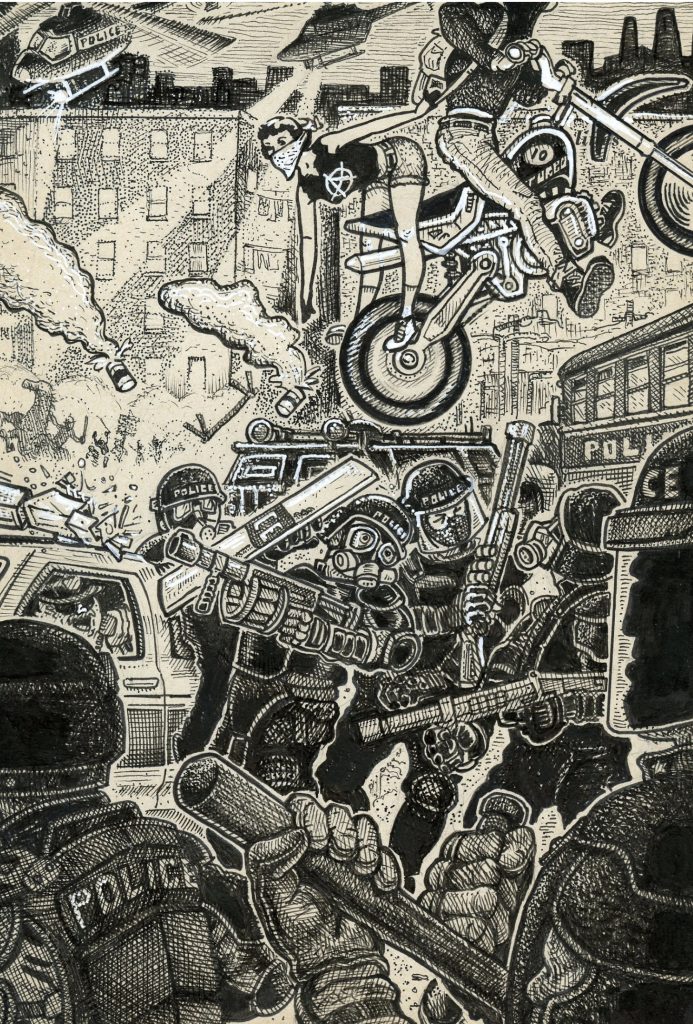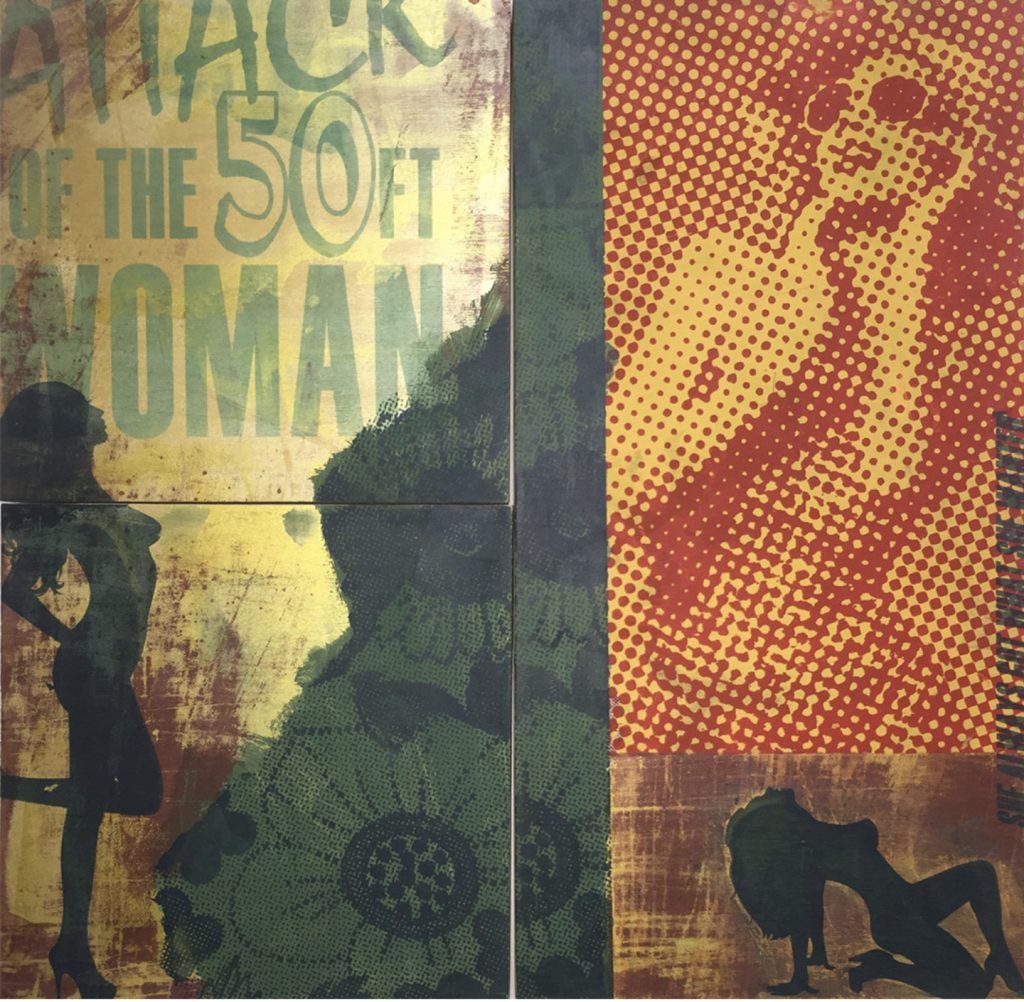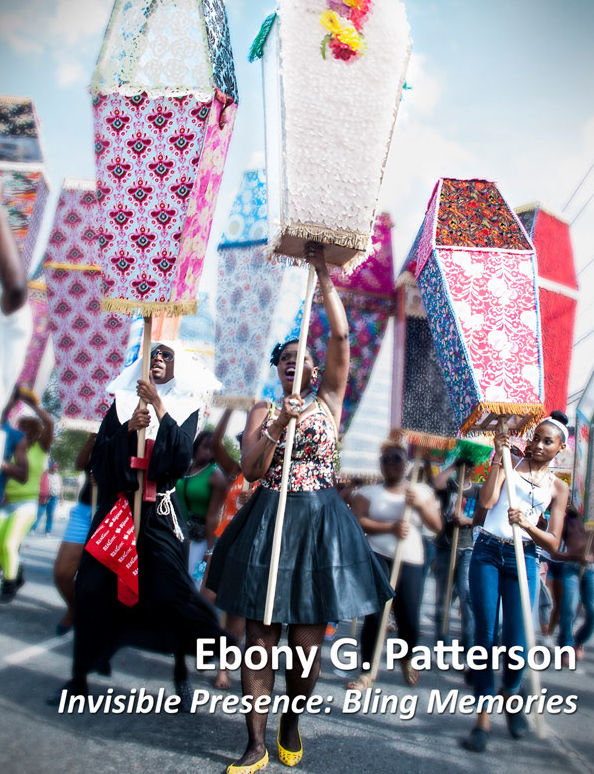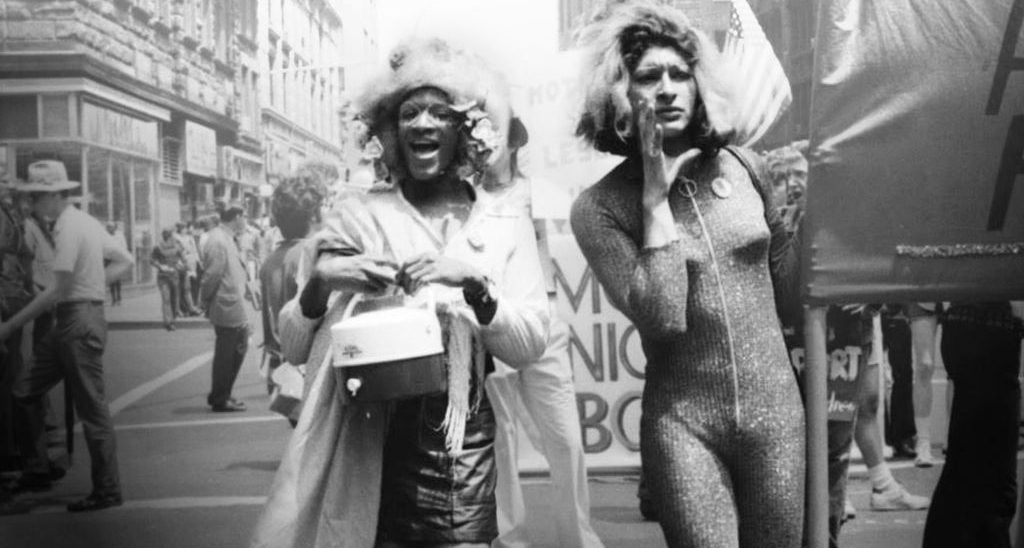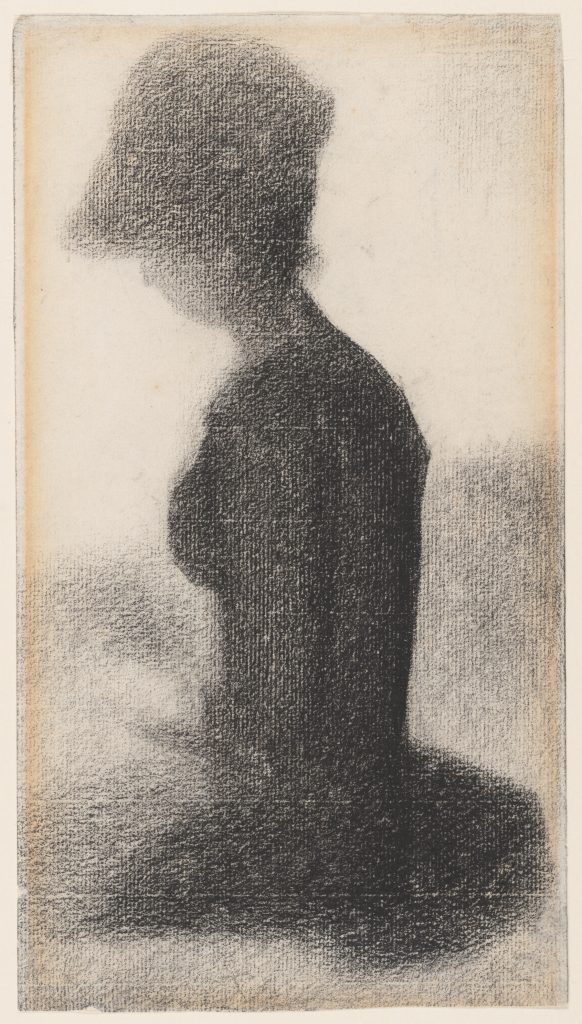
Seated Woman (Study for “La Grande Jatte”), c. 1884-1885, by Georges Seurat. Conte crayon on laid paper, Sheet: 11 13/16 × 6 1/2 inches. The Louis E. Stern Collection, 1963. Image courtesy of Philadelphia Museum of Art, 2019.
The Impressionist’s Eye
Philadelphia Museum of Art to present the most extensive exhibition of Impressionism and Post-Impressionism ever to be assembled from its collection
April 16 – August 18, 2019
This spring the Philadelphia Museum of Art will present a broad survey of Impressionism and Post-Impressionism. Drawn almost entirely from its renowned collection, this exhibition will bring together more than 80 works in a variety of media—painting, sculpture, prints, drawings, and pastels— to illuminate the achievements of some of history’s most beloved artists. The Impressionist’s Eye will feature many of the museum’s most celebrated paintings—among them Claude Monet’s Japanese Footbridge and the Water Lily Pool, Mary Cassatt’s In the Loge, Henri de Toulouse-Lautrec’s At the Moulin Rouge: The Dance, and Vincent van Gogh’s Sunflowers—offering fresh insights into these works and placing them in conversation with other major examples by these artists and their contemporaries. For example, Renoir’s ambitious Great Bathers, newly conserved on the centenary of the artist’s death, will be shown alongside treatments of the same theme by Edgar Degas and Paul Cézanne.
The Impressionist’s Eye will include a number of important works on paper (shown in two rotations to avoid overexposing them to light) that have not been on view in the galleries for a decade or more, emphasizing the importance that the artists of these movements attached to working in a variety of media. Among these will be exquisite renderings in pen and ink by Van Gogh, sheets from Cézanne’s sketchbooks that were last exhibited at the museum in 1989, a drawing by Lautrec last shown at this museum in 1956, and one by Berthe Morisot that will be placed on view for the first time.
Timothy Rub, the George D. Widener Director and Chief Executive Officer, said: “The Philadelphia Museum of Art contains one of the country’s most acclaimed collections of 19th century art, but rarely have we had the opportunity to show our Impressionist and Post-Impressionist holdings as comprehensively as we are able to do in this exhibition. Assembling them in The Impressionist’s Eye will enable us to convey the innovative and often boldly experimental character of the work of these artists as well as how fluidly they moved from one medium to another. The presentation of this exhibition in the Dorrance Special Exhibition Galleries is accompanied by a beautiful new publication devoted to the collection. It also comes as the consequence of the comprehensive renovation—the first in nearly 25 years—that we are undertaking this spring of the galleries in which we show our collection of later 19th-century European painting, sculpture, and the decorative arts. They will be closing temporarily as we proceed with much-needed improvements in tandem with the construction of the next phase—entitled the Core Project—of our facilities master plan designed by Frank Gehry.”
The development of Impressionism began in France in the 1870s in the work of artists such as Monet, Renoir, and Pissarro, and set the stage for the bold experiments with color, line, and form that would follow over the next several decades and radically alter the course of modern painting. The exhibition will include a number of works that were presented in the several Impressionist exhibitions held in the 1870s and 1880s, as well as informal sketches and studies that could be considered more experimental or personal in nature.
The Impressionist’s Eye will offer visitors new perspectives on the inventiveness and vision that the artists of this movement brought to their subjects. The choice of bold cropping and unusual points of view, their flattening of space and use of vibrant color and vigorous brushwork imbued their work with a bracing sense of modernity which startled contemporary audiences. Their radically way of painting also reflected a broad fascination with photography and with Japanese (Ukiyo-e) woodblock prints. Visitors will also see a significant number of works by many of the key figures of Post-Impressionism such as George Seurat, Vincent van Gogh, Paul Gauguin, and Paul Cézanne, each of whom took the innovations of the Impressionists as their point of departure and then evolved in new and often dramatically different directions.
The exhibition has been organized around a series of themes that highlight the shared interest of these artists in certain subjects. Among these are Nature, The Modern City, Everyday Objects (or still life), People, and Bathers.
The introduction of commercially produced paint in tubes and the convenience of portable easels and paint sets, combined with the greater mobility afforded by the development of railroads, fostered the growing popularity of painting en plein air, or out-of-doors. The opening section of the exhibition demonstrates how firmly the artists associated with Impressionism were committed to recording their direct observations of nature and making the variability of light, color, and atmosphere a central element of their work. Among the highlights of this section are Camille Pissarro’s Railroad to Dieppe (1886), Monet’s Bend in the Epte River near Giverny (1888), Cézanne’s Mont Sainte-Victoire (1902-04), as well as a lively pen and ink drawing executed in 1888 by Van Gogh titled Haystacks, which is remarkable for its swirling lines, bold dashes, and lively dots.
Paris provides the main inspiration for the next section of the exhibition, The Modern City. Some artists concentrated on the architecture of the French capital, capturing scenes of its grand boulevards or popular urban entertainments such as cabaret, ballet, and the theater. Artists such as Renoir, Pissarro, Edgar Degas, and Mary Cassatt captured many different aspects of the urban experience—the kinetic energy of great crowds traveling to and fro or a single figure caught at a moment of quiet reverie. A Woman and Girl Driving, by Cassatt, shows a modern woman—the artists’ elder sister—boldly taking the reins of a horse-drawn carriage in Paris alongside the niece of Degas. Toulouse-Lautrec’s At the Moulin-Rouge (1889-90) captures the demi-monde at play, with a dancer kicking up her skirts as she performs the can-can amid a crowd of top-hatted men. At the Paris Opera, Degas’s The Ballet Class, conveys the rigor of young girls learning their craft as a stage mother slumps with fatigue into a chair. Among the group of conté crayon drawings by Georges Seurat included in the exhibition, is a rare rendition of a woman, seated on the bank of an island in the Seine, which served as a study for the artist’s masterpiece, La Grande Jatte.
Another section focuses upon the different ways in which artists such as Edouard Manet and Paul Cézanne reanimated the traditional theme of still life painting, imbuing it with a new spirit and sense of ambition, aptly characterized by the latter when he said, “I want to astonish Paris with an apple.” Flower-filled vases (Renoir), artisanal cakes (Caillebotte), or a woven basket (Manet) were convenient subjects for the artists’ experimentation. “A painter can say all he wants to with fruit and flowers,” observed Manet, who focused on this familiar genre in nearly a fifth of his canvases. In these works, visitors are invited to witness everyday objects transformed through color, texture, and line.
Many of these artists were also keen observers of people. As Van Gogh noted in 1885, “Painted portraits have a life of their own that comes from deep in the soul of the painter and where the machine [the camera] can’t go.” His treatment of the postman Roulin’s wife clutching her baby Marcelle, created in 1888, possesses a luminous, almost otherworldly glow. In this section of the exhibition, works in clay, graphite, pastel, and paint reveal just how thoroughly the Impressionists and Post-Impressionists up-ended longstanding traditions of rendering the human figure. Drawings such as Cézanne’s Peasant Girl Wearing a Fichu and such sculptures as Degas’s Little Dancer, Aged Fourteen, (modeled in wax, 1878-81 and cast in bronze, about 1922) reflect the unique qualities that different media offered to these artists to enable them to capture the unique character and vivacity of their subjects. Responding to the recent advent of photography, artists sought to convey the character of the sitter in ways that seem both direct and spontaneous, as demonstrated in Bethe Morisot’s Young Woman with Brown Hair, 1894.
The same observations can be made of their treatment of the timeless subject of the nude, a theme that especially fascinated Renoir, Degas, and Cézanne. Renoir’s Great Bathers, (1884-87) will be seen in The Impressionist’s Eye for the first time since the completion of a year-long conservation treatment and cleaning, a project generously supported by the Bank of America Art Conservation Project. The artist labored over this canvas, seeking to establish a new direction for his work and to create an image that would be both contemporary in spirit and rival the great masters of the Renaissance. The installation will enable visitors to appreciate it in a state that now more closely resembles how it looked when the artist completed it, and in the company of some of the greatest works of the late 19th and early 20th centuries.
“For three years Renoir wrestled with this work,” notes Jennifer Thompson, the museum’s Gloria and Jack Drosdick Curator of European Painting & Sculpture & Curator of the John G. Johnson Collection, who organized the exhibition. “Just howexhaustively, we knew from notes left by Berthe Morisot, but seeing the cross-sections and x-rays taken by our specialists in Conservation has reaffirmed precisely how much he questioned himself and started over, again and again.”
The Impressionists Eye, as an exhibition drawn from the collection, also offers a record of collecting, tastes, and insight into the cultural life of Philadelphia in the 19th and 20th centuries, beginning with Mary Cassatt, the American in Paris who early on persuaded her family members in this city and others around the country to purchase the work of the Impressionists, touching off a new vogue in collecting. “Philadelphia was a vibrant center for collecting in the during this period,” Thompson notes, “and the museum’s Impressionist holdings were indelibly shaped by the taste and civic spirit of those individuals, much as today’s collectors of contemporary art collectors enrich the cultural life of our city.”
Support
The Impressionist’s Eye has been made possible by Presenting Sponsor Bank of America.
Contributions to this exhibition have been made by The Robert Montgomery Scott Endowment for Exhibitions, The Laura and William C. Buck Endowment for Exhibitions, The Gloria and Jack Drosdick Fund for Special Exhibitions, The Harriet and Ronald Lassin Fund for Special Exhibitions, Lyn M. Ross, Joan F. Thalheimer, The Jill and Sheldon Bonovitz Fund for Exhibitions, and an anonymous donor.
Support for both The Impressionist’s Eye exhibition and the reinstallation of the galleries of nineteenth-century European painting has been generously provided by Lois G. and Julian A. Brodsky.
Support for the reinstallation of the galleries of nineteenth-century European painting has been generously provided by Barbara B. and Theodore R. Aronson, Harriet and Ron Lassin, Martha McGeary Snider, and other donors.
Credits as of February 28, 2019
Publication
The exhibition is accompanied by Impressionism and Post-Impressionism: Highlights from the Philadelphia Museum of Art, the first publication from the museum to focus on its internationally renowned Impressionist and Post-Impressionist collections ($35). Written by Jennifer A. Thompson with contributions by Joseph J. Rishel and Eileen Owens, and co-published by the Philadelphia Museum of Art and Yale University Press (240 pages; 224 color, 8 black-and-white illustrations), it focuses upon one of the most significant collections of Impressionism and Post Impressionism in the country, with two hundred Cézannes, twenty-three Monets, and more than fifty Renoirs.
Thompson’s introductory essay examines the circumstances and individuals—including Mary Cassatt’s brother, the Philadelphia railroad executive Alexander J. Cassatt, depicted in a painting by his sister—that led to the formation of the collection. It provides entries on ninety highlights, including Cézanne’s The Large Bathers, Degas’s Little Dancer, Aged Fourteen, Van Gogh’s Sunflowers, Monet’s Japanese Bridge and Waterlily Pond, Toulouse-Lautrec’s Moulin Rouge, and Renoir’s Great Bathers. Paintings, sculpture, and drawings by figures such as Cassatt, Seurat, Manet, Pissarro, Alfred Sisley, Morisot, and Auguste Rodin are presented together, providing a rich and encompassing view of these artists and the innovative works they created across mediums.
The entries explore the artists’ aims and challenges, discuss conservation discoveries, and consider the works within the contexts of the art market, social history, fashion, and politics. Comparative illustrations, such as related works from Philadelphia and other collections, preparatory drawings, X-rays demonstrating substantial alterations, and period photographs, add to an understanding of each work.
Changes in the Nineteenth Century Galleries
Beginning March 25, 2019, seven rooms dedicated to nineteenth century paintings on the first floor of the main building will close for renovation, including galleries 151, 152, 159, 156, 157, 160, 161. Several of these will reopen in July, and the full suite will be reopened following the conclusion of The Impressionist’s Eye. Currently closed for renovation are galleries 150 and 153. On March 25, these galleries reopen with works by Couture, Courbet, Corot, and Millet, a new installation focusing on the rejection of idealism, the treatment of “ordinary” subjects, and technical innovations in painting outdoors and in the use of bold, gestural brushwork.
Curator
Jennifer Thompson, The Gloria and Jack Drosdick Curator of European Painting & Sculpture & Curator of the John G. Johnson Collection
Location
Philadelphia Museum of Art, Dorrance Special Exhibition Galleries, 2600 Benjamin Franklin Parkway, Philadelphia, PA 19130
215-763-8100 Tuesday–Sunday, 10:00 a.m.–5:00 p.m.
Wednesday & Friday: Main building open until 8:45 p.m.
Closed Monday except for some holidays
Thank you to the Social Media team at The Philadelphia Museum of Art for the content of this post.
Like DoNArTNeWs Philadelphia Art News Blog on facebook
Follow the new DoNArTNeWs.com
Follow DoN on Twitter @DoNNieBeat58
@donniebeat on Instagram
Affiliate Marketing [disclosure page] Shop on-line and help support DoNArTNeWs
Donate via safe and secure PayPal in the sidebar.
DoNArTNeWs – celebrating eleven years reporting on Philadelphia artists and art.


